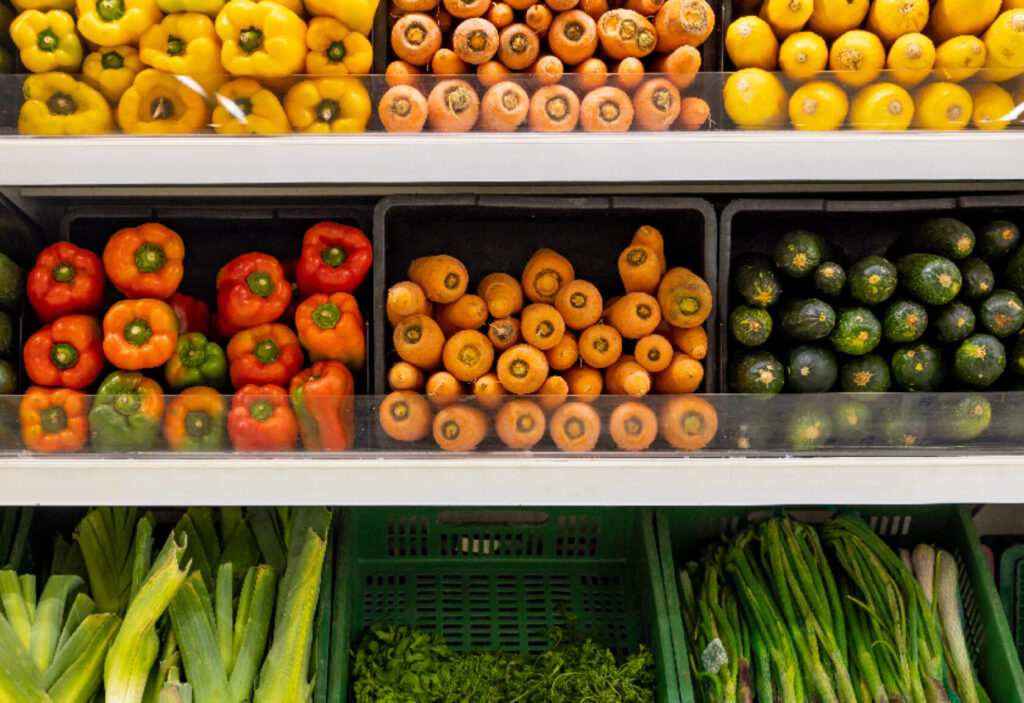Boost Traceability with Food Safety Traceability Software
In an increasingly complex food supply chain, ensuring safety and quality is paramount. Food safety traceability software has emerged as a vital tool for businesses aiming to enhance their traceability processes. This article delves into the importance of traceability, the role of software solutions, and the benefits they offer to food businesses.
The Importance of Traceability in the Food Industry
Traceability is the ability to track the movement of food products through the supply chain, from farm to fork. This process is crucial for several reasons, including consumer safety, regulatory compliance, and brand reputation.
In conclusion, food safety traceability software is an indispensable tool for businesses in the food industry. By enhancing traceability, companies can improve consumer safety, comply with regulations, and protect their brand reputation. The benefits of implementing such software, including increased efficiency, cost savings, and enhanced consumer trust, make it a worthwhile investment.
Consumer Safety
With foodborne illnesses posing a significant threat to public health, traceability allows businesses to quickly identify and address sources of contamination. In the event of a food safety incident, having a robust traceability system enables companies to recall affected products efficiently, minimising health risks and protecting consumers.
Moreover, consumers are increasingly concerned about the origins of their food. They want to know where their products come from and how they are produced. By implementing traceability measures, businesses can provide transparency, fostering trust and loyalty among their customers. This growing consumer awareness has led to a demand for certifications and labels that indicate a product’s traceability status, such as organic or fair trade certifications. These labels not only inform consumers but also encourage producers to maintain high standards throughout the supply chain, ultimately benefiting the entire industry.
Regulatory Compliance
Governments worldwide have established stringent regulations regarding food safety. Compliance with these regulations often requires detailed documentation and traceability systems. Food safety traceability software simplifies the process of meeting these legal requirements, ensuring that businesses maintain accurate records of their products’ journey through the supply chain.
Read more at: Benefits of Food Safety and Quality Management Software

Failure to comply with regulations can result in hefty fines, legal repercussions, and damage to a company’s reputation. Therefore, investing in traceability software is not merely an option; it is a necessity for businesses operating in the food industry. Additionally, as global trade continues to expand, the complexity of supply chains increases, making it even more critical for companies to have robust traceability systems in place. This not only helps in adhering to local regulations but also facilitates smoother international trade, as many countries require proof of traceability for imported food products.
Brand Reputation
In today’s competitive marketplace, a company’s reputation is one of its most valuable assets. A single food safety incident can tarnish a brand’s image and lead to a loss of consumer trust. By prioritising traceability, businesses can demonstrate their commitment to quality and safety, setting themselves apart from competitors.
Furthermore, a transparent traceability system can serve as a marketing tool. Companies can highlight their traceability efforts in promotional materials, appealing to consumers who value accountability and ethical sourcing. This is particularly relevant in the age of social media, where news of food safety issues can spread rapidly. Brands that are proactive in their traceability practices can leverage this transparency to build a positive narrative around their products, showcasing their dedication to ethical practices and sustainability. As consumers become more discerning, the ability to share detailed information about sourcing and production methods can be a significant differentiator in the marketplace. Read more about transparency at https://www.hksmp.com/journals/hper/article/view/464
The Role of Food Safety Traceability Software
Food safety traceability software plays a pivotal role in enhancing traceability within the food supply chain. These software solutions offer a range of features designed to streamline processes, improve accuracy, and facilitate compliance.
Data Collection and Management
One of the primary functions of traceability software is to collect and manage data throughout the supply chain. This includes information on sourcing, production, processing, and distribution. By centralising this data, businesses can easily access and analyse it, leading to informed decision-making.
Moreover, automated data collection reduces the risk of human error, ensuring that records are accurate and up-to-date. This is particularly important during audits or inspections, where precise documentation is required.
Real-Time Tracking
Real-time tracking is another significant advantage of food safety traceability software. By using technologies such as barcodes, RFID, and GPS, businesses can monitor their products at every stage of the supply chain. This capability allows for immediate identification of any issues that may arise, enabling swift corrective actions.
For instance, if a batch of products is found to be contaminated, real-time tracking allows for quick isolation of affected items, limiting the potential impact on consumers and the business. This level of responsiveness is crucial in maintaining food safety standards and protecting public health.
Reporting and Analytics
Traceability software often includes robust reporting and analytics features. These tools enable businesses to generate detailed reports on various aspects of their operations, such as compliance status, product movement, and potential risks.
By analysing this data, companies can identify trends, assess their performance, and implement improvements. For example, if a particular supplier consistently delivers subpar products, businesses can take proactive measures to address the issue, ensuring that quality remains high throughout the supply chain.
Benefits of Implementing Food Safety Traceability Software
The implementation of food safety traceability software offers numerous benefits for businesses in the food industry. From enhanced efficiency to improved consumer trust, these advantages can significantly impact a company’s bottom line.
Increased Efficiency
One of the most immediate benefits of traceability software is increased operational efficiency. By automating data collection and management processes, businesses can save time and resources. Employees can focus on more strategic tasks rather than spending hours on manual record-keeping.
Furthermore, streamlined processes lead to faster response times in the event of issues. When products can be traced quickly and accurately, businesses can resolve problems more efficiently, minimising disruptions to their operations. Click here to find more about accurately.
Cost Savings
While there may be an initial investment in food safety traceability software, the long-term cost savings can be substantial. By reducing the likelihood of recalls and compliance fines, businesses can avoid significant financial losses.
Additionally, improved efficiency often translates to lower operational costs. By optimising processes and minimising waste, companies can enhance their profitability while maintaining high standards of quality and safety.
Enhanced Consumer Trust
As previously mentioned, transparency is key to building consumer trust. By implementing traceability software, businesses can provide customers with detailed information about their products, including sourcing, production methods, and safety measures.
In an era where consumers are increasingly concerned about food safety and ethical sourcing, this transparency can be a powerful differentiator. Companies that prioritise traceability are more likely to attract and retain customers who value accountability and quality.
Choosing the Right Food Safety Traceability Software
With numerous options available on the market, selecting the right food safety traceability software can be a daunting task. However, there are several key factors to consider that can help streamline the decision-making process.
Scalability
As businesses grow and evolve, their traceability needs may change. It is essential to choose software that can scale with the organisation, accommodating increased data volume and complexity without compromising performance.
Scalable solutions ensure that businesses can continue to meet their traceability requirements as they expand, whether through new product lines, additional suppliers, or increased distribution channels.
User-Friendliness
The usability of the software is another critical factor. A user-friendly interface can significantly reduce the learning curve for employees, enabling them to adopt the new system quickly and efficiently.
Moreover, intuitive software often leads to higher employee engagement and satisfaction, as staff can navigate the system with ease and confidence. This, in turn, contributes to the overall effectiveness of the traceability process.
Integration Capabilities
Food safety traceability software should seamlessly integrate with existing systems and processes within the organisation. This includes compatibility with inventory management, production planning, and quality assurance systems.
Integration capabilities ensure that data flows smoothly between different departments, promoting collaboration and enhancing overall operational efficiency. It also reduces the risk of data silos, where information is isolated and inaccessible.
Conclusion

As the food supply chain continues to evolve, embracing technology and prioritising traceability will be crucial for businesses looking to thrive in a competitive marketplace. By selecting the right software solution, organisations can ensure they are well-equipped to meet the challenges of today and tomorrow.

